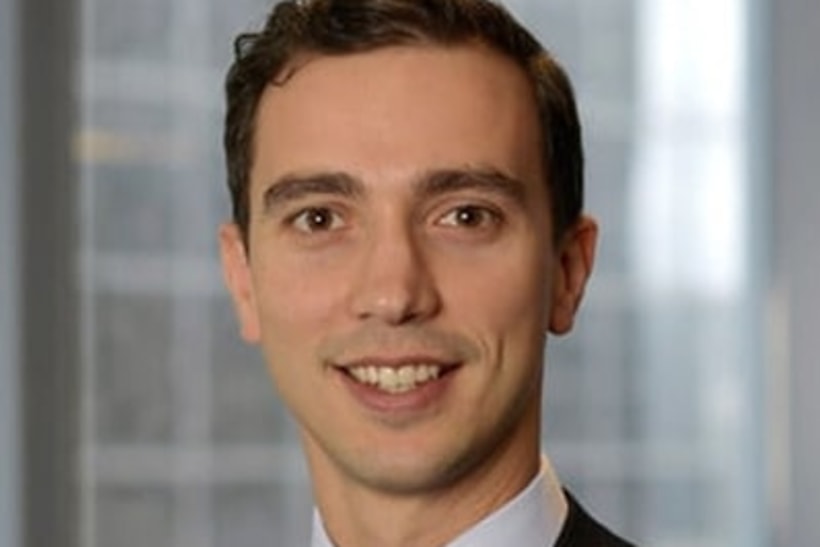-
Get the latest news! Subscribe to the ifa bulletin

“In this world, nothing is certain … except death and taxes.” Benjamin Franklin’s famous quote still rings true. But today, in the shadow of Labor’s looming Division 296 superannuation reform, Australians are being reminded that complexities and constant changes often bring uncertainty – and that trusted advisers are essential in navigating both.
With legislation expected to soon be brought before Parliament, the introduction of a new superannuation tax on individuals’ earnings on balances of more than $3 million in superannuation is prompting Australians to fundamentally rethink how wealth is structured, and taxed.
The government’s figures suggest only 80,000 people are expected to be impacted by the new tax in the first year, however, Treasury estimates show that more than 1.2 million Australians could also fall within scope over the next 30 years – a likely scenario should the legislation pass without an indexation mechanism.
This risk is magnified by the projected growth of the superannuation system over the coming decades. Total assets held in superannuation are expected to increase from $4.1 trillion in 2025 to $13.6 trillion by 2048 and are underpinned by steady contributions and long-term returns that channel more income into the system over time. One increase is the superannuation guarantee levy, which rose to 12 per cent on July 1 – an uplift that should steadily accelerate balanced growth across the industry.
That’s why the $3 million figure is no longer a distant benchmark. It has become a catalyst for early, strategic planning. Structural conversations once reserved for the ultra-wealthy are entering the mainstream, prompting a broader set of Australians to reconsider how their wealth is managed and protected.
Structural blind spots are eroding wealth quietly
But awareness is only the first step. As clients become more tax-aware, many are beginning to uncover deeper issues – not just with how much they’ve saved, but with how their financial lives are structured. The proposed Division 296 raises a wholesale re-evaluation of how wealth is held, accessed and transferred.
Structure is often where unintended tax consequences, legal disputes and inefficiencies quietly build. Take estate planning for example.
Superannuation death benefits can be taxed at up to 17 per cent when passed to financially independent adult children. Complementary structures can help manage risks related to wealth transfers, legacy erosions and potential family disputes. In NSW alone, family provision claims rose by 10 per cent between 2019 and 2023, and even complex trust deeds and trustee discretions can undo the best laid plans.
The imminent Division 296 brings structural challenges into sharper focus. It sheds light on why clients need to manage potential tax implications and ensure that every aspect of their financial structure aligns with their goals. For many, this means considering wealth accumulation and distribution vehicles.
Rethinking structures can mean rethinking advice
These developments underscore the need for collaboration. Structuring decisions now intersect more frequently with legal, tax and accounting considerations. Clients are increasingly expecting their financial advisers, accountants and estate lawyers to work as one team.
Those who take a siloed approach risk missing critical interactions and fail to protect the full picture of a client’s financial and life goals.
Investment bonds: not new, but newly relevant
As clients shift their focus, a broader range of structures come into view – some familiar, others not so familiar. Among these, investment bonds are gaining attention for their role in long-term wealth accumulation and estate planning, especially for clients nearing or exceeding the proposed Division 296 threshold.
Investment earnings are taxed at a maximum of 30 per cent, and after 10 years, withdrawals are fully tax-paid – offering greater certainty for investors managing increasingly complex intergenerational wealth transitions. By leveraging carefully structured investment strategies, investment bond providers can deliver tax-optimised solutions with sustained effective tax rates as low as 10–15 per cent.
Sitting outside the superannuation system, investment bonds can also be structured as non-estate assets, making them a highly flexible and valuable tool for succession planning – particularly for clients seeking to transfer wealth to financially independent adult children, or to ensure their assets are distributed according to their wishes. Additionally, they can be held within a trust, offering further control over how income is managed and distributed across beneficiaries.
Of course, investment bonds aren’t a silver bullet solution. The use of alternative structures such as companies or discretionary trusts can also be beneficial. The optimal solution – or combination of solutions – will depend on each client’s unique needs and circumstances. But for those with marginal tax rates above 30 per cent, or others seeking simplicity, certainty and flexible estate planning benefits in one structure, investment bonds can serve a compelling part of the conversation.
The role of the adviser is to weigh up these options holistically – not in isolation, but alongside other professionals where appropriate – to support clients in making informed, forward-thinking decisions that align with their broader financial goals.
The new certainty: the value of advice
The goal isn’t simply to reduce tax. It’s to give clients clarity, control and confidence about how their wealth is structured and can be preserved. The incoming Division 296 has shifted the conversation. It’s no longer a question of whether clients should think about their financial structures, but when – and the answer, increasingly, is now.
As Benjamin Franklin said, death and taxes are inevitable. But their impact can be managed – with the right structure and, crucially, the right advice.
In this new environment, advisers are not just guides. They are strategic architects and the first responders to a rapidly evolving financial landscape.
Felipe Araujo, CEO of Generation Life.
Never miss the stories that impact the industry.